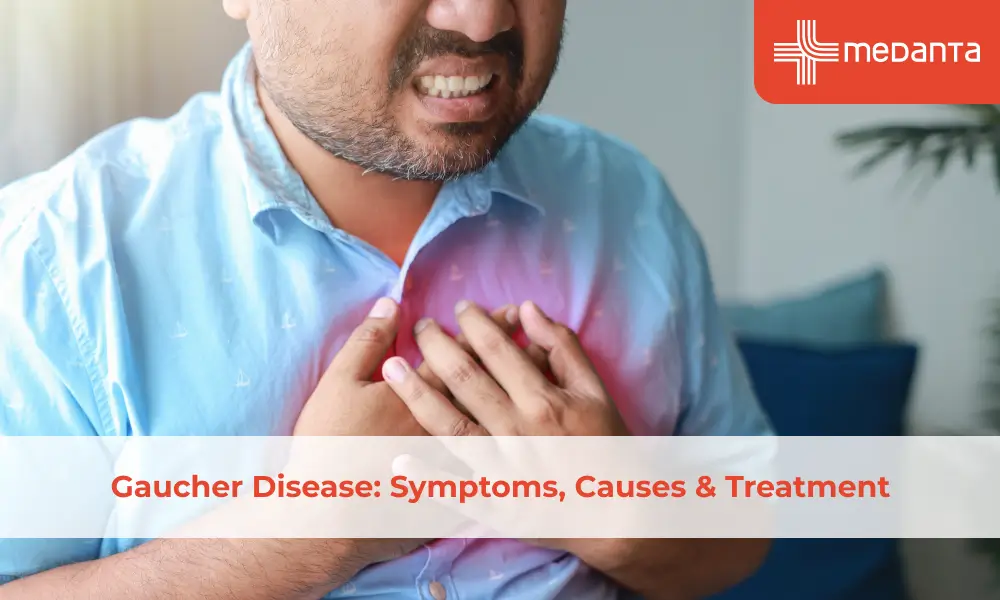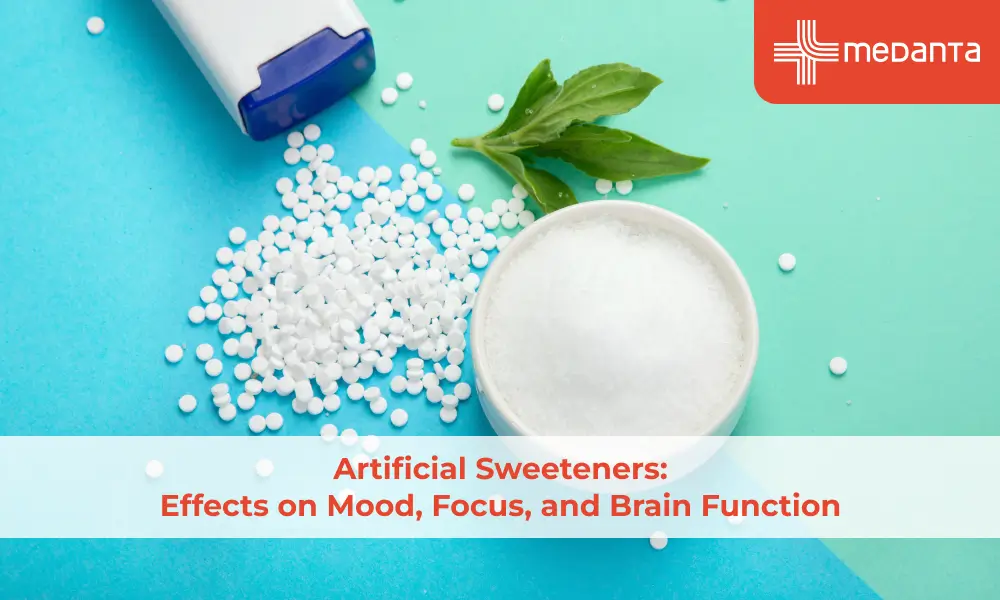How Strokes Affect Mobility

The brain functions as the control centre of the body, transmitting messages from one part of the body to another. These messages are transmitted as signals called nerve impulses via neurons or nerve cells. Every task, however small, is controlled through these signals. For instance, if a person wants to pick up an object, the brain sends signals to the hand muscles to contract, decide the direction in which the hand needs to move and how much strength is required to pick up the object.
To perform these functions every moment of the day, right through the lifetime of an individual, the brain needs a continuous supply of oxygenated blood from the heart, through arteries. Any interruption in this blood supply causes a stroke; this prevents the brain cells from functioning normally.
There are two types of strokes:
- Ischemic stroke: where a clot in a blood vessel blocks the free flow of blood to the brain.
- Haemorrhagic stroke: where a blood vessel ruptures and causes bleeding inside the brain tissue.
In both cases, brain cells start dying immediately, leading to disruptions in the functioning of the body. Whichever part of the brain gets deprived of oxygenated blood, the functions being controlled by that part, get impacted. The larger the area deprived of oxygen, more the damage to the body. Small clots can partially affect body functions; large clots may cause paralysis or even death.
Strokes and Mobility
Mobility is impacted when a stroke affects the cerebellum and the primary motor cortex of the brain.
The cerebellum, situated in the lower part of the brain, is responsible for motor functions like coordination, posture, balance and movement. If the part of the cerebellum that controls motor movements is affected, then a patient’s movement may become uncoordinated and slow, there are tremors during movement, and the muscles become weak. The patient’s speech, eye movement, and ability to swallow could also get affected.
The primary motor cortex lies in the frontal lobe of the brain. This area is responsible for producing nerve impulses that lead to the execution of movement. Damage to this causes hemiparesis, a condition characterized by weakness on one side of the body. This weakness caused in the legs, hands and facial muscles, makes it difficult to move, and can lead to a loss of mobility.
Sometimes after a stroke, a patient has lightness and stiffness in the paralytic limb. This is called spasticity and affects the muscles of the legs, arms and fingers. Accompanied by excruciating muscle spasms, spasticity causes a stiff knee and pointed foot, both of which obstruct walking.
Loss of mobility after a stroke is common but may not necessarily happen to every patient.
Regaining Mobility
The loss of mobility with stroke increases with delayed treatment. The chances of maximum recovery depend on how quickly the patient gets to a hospital’s stroke or emergency department. The ‘golden hour’ or the first hour from the time stroke symptoms appear is critical for a stroke patient. Doctors can quickly treat the patient with an effective clot-busting drug (in case of ischemic stroke). This decreases the chances of brain damage and stroke-related complications. Recovery from a stroke is a lengthy process. It can take months to regain strength and control over the body.
Physiotherapy does not just help regain mobility and reduce pain, it also stimulates the brain cells to promote neuroplasticity, defined as the brain’s ability to re-wire itself and create new connections, after the damage caused to nerve cells in a stroke. According to doctors in the Institute of Neurosciences at Medanta – The Medicity, physiotherapy should start immediately after the patient is medically stable. Regular physiotherapy, they say, is key to regain physical functions and ensure maximum recovery.
Physiotherapy can help improve balance, gait, walking, strengthen weakened and spastic muscles, improve functions of arms and hands, and decrease weakness in the shoulders.
Prevention
A stroke is associated with many risk factors, some of which are non-modifiable like age and race. Modifiable risk factors related to lifestyle like hypertension (high blood pressure), high cholesterol, diabetes, smoking, and drinking alcohol also contribute to strokes and should be controlled through lifestyle modifications made sooner rather than later.






